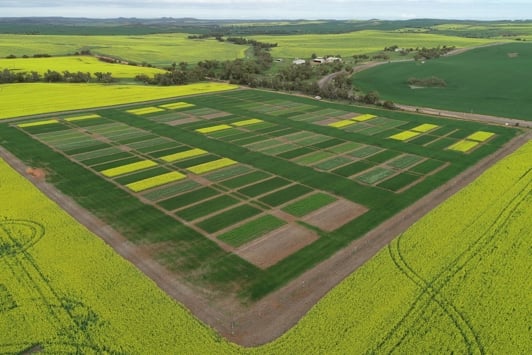Cultural controls are practices that reduce pest establishment, reproduction, dispersal, and survival. For example, crop rotation - replacing a susceptible crop with a less susceptible crop; and changing irrigation practices - less watering can reduce root disease and weeds.
Mechanical and physical controls kill a pest directly or make the environment unsuitable for it. For example, traps - for pest animals and insects; mulches - for weed management; steam sterilisation - for soil disease management; or barriers - such as screens or fences to keep animals and insects out.
Pest animal trapping in urban areas
Many introduced (non-native) animals, including mammals, birds, amphibians, and reptiles, have established pest or feral populations locally or over wider areas in Western Australia.
People in built up areas or special rural zones planning to trap declared vertebrate pests, using means other than cage traps, must apply for a permit from the department. Some declared vertebrate pest control methods are not suitable for built up areas or special rural zones and require the use of other trapping control methods.
Permits for traps
People wishing to use trapping methods other than a cage trap, as prescribed under regulation 45 of the Biosecurity and Agriculture Management (BAM) Act 2007, must:
- Complete an Application for permit to trap declared pest, available on the Invasive species permits, applications and fees page. Details on how to submit the application are provided on the page.
- Receive a permit to trap a declared pest from the department.
Rabbit control
-
Rabbit fencing to protect crops and pastures
-
Rabbit warren and harbourage destruction

